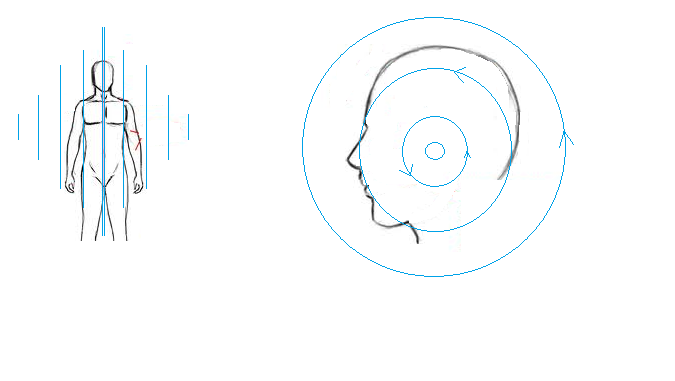btw:
BBC News - Mercury poles give up hints of water ice

------------------------
Night Sky News: Moon and Planets in Sunset Show – News Watch

you can play with Harmonic Math applied to the numbers in the text 
BBC News - Mercury poles give up hints of water ice
A Nasa spacecraft has found further tantalising evidence for the existence of water ice at Mercury's poles.
Though surface temperatures can soar above 400C, some craters at Mercury's poles are permanently in shadow, turning them into so-called cold traps.
Previous work has revealed patches near Mercury's poles that strongly reflect radar - a characteristic of ice.
Though surface temperatures can soar above 400C, some craters at Mercury's poles are permanently in shadow, turning them into so-called cold traps.
Previous work has revealed patches near Mercury's poles that strongly reflect radar - a characteristic of ice.

------------------------
Night Sky News: Moon and Planets in Sunset Show – News Watch

All month long the brightest planets in the heavens, Venus and Jupiter, have been putting on a great planetary play high in the west just after sunset. A couple of weeks ago they came stunningly close to each other – appearing side by side in the sky, and now as they slowly drift apart they have a grand finale in store for skywatchers.
As a prelude to the main act to come, start by watching Saturday, March 24 for all the main cosmic actors – star-like Venus at just 105 million km away is brighter and higher up than 870 million km distant Jupiter. The trickiest to find however will be a razor-thin waxing crescent moon, only 400,000 km from Earth, which will appear hidden in the glow of the sunset, quite low to the western horizon – to the lower right of the planets.
By the following evening, March 25, the moon will have jumped considerably higher in the sky for a wonderfully close meeting with the king of the planets, Jupiter. The pair will be separated by only 1.5 degrees- about the width of your little finger held at arm’s length.
Then on March 26, the moon snuggles up with the goddess of love, Venus. While the planet is actually 250 times farther than our neighbouring satellite, the two will appear to the naked eye to be spectacularly close in the sky at only 2.5 degrees apart – that’s a little less than the width of your three middle fingers held at arm’s length.
Then in one final curtain call, on March 27th the moon will continue its trek higher up in the evening sky and park itself next to the brilliant orange star Aldebaran. Representing the eye of Taurus the bull this red giant star is 65 light years from Earth. Those with keen eyes may notice to the lower right of the moon is a faint hazy patch of light – that’s the Pleiades open star cluster. Binoculars will help you resolve some of the brighter members of this 400 light year distant stellar nursery.
As a prelude to the main act to come, start by watching Saturday, March 24 for all the main cosmic actors – star-like Venus at just 105 million km away is brighter and higher up than 870 million km distant Jupiter. The trickiest to find however will be a razor-thin waxing crescent moon, only 400,000 km from Earth, which will appear hidden in the glow of the sunset, quite low to the western horizon – to the lower right of the planets.
By the following evening, March 25, the moon will have jumped considerably higher in the sky for a wonderfully close meeting with the king of the planets, Jupiter. The pair will be separated by only 1.5 degrees- about the width of your little finger held at arm’s length.
Then on March 26, the moon snuggles up with the goddess of love, Venus. While the planet is actually 250 times farther than our neighbouring satellite, the two will appear to the naked eye to be spectacularly close in the sky at only 2.5 degrees apart – that’s a little less than the width of your three middle fingers held at arm’s length.
Then in one final curtain call, on March 27th the moon will continue its trek higher up in the evening sky and park itself next to the brilliant orange star Aldebaran. Representing the eye of Taurus the bull this red giant star is 65 light years from Earth. Those with keen eyes may notice to the lower right of the moon is a faint hazy patch of light – that’s the Pleiades open star cluster. Binoculars will help you resolve some of the brighter members of this 400 light year distant stellar nursery.





 , first time reading your post, and i am quite surprised as those elements you mentioned are quite similar to the Crystal Battery we are discussing in this thread:
, first time reading your post, and i am quite surprised as those elements you mentioned are quite similar to the Crystal Battery we are discussing in this thread:


 )
)
 This is amazing. Thank you for sharing MonsieurM
This is amazing. Thank you for sharing MonsieurM
















Comment